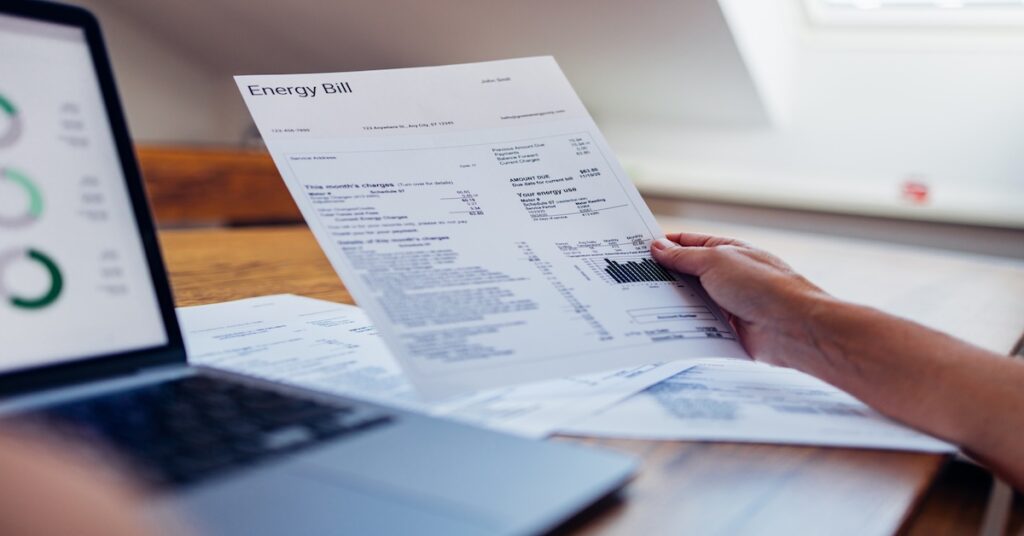If you installed rooftop solar on your home after January 2020 and have noticed new usage charges on your Idaho Power bill, you’re not alone. Many customers are surprised to find that their solar system no longer covers their entire monthly bill. Idaho Power’s rates and fees have changed rapidly in recent years, making it harder to reach a $0 bill. Let’s break down what’s happening and what you can do about it.
Understanding Your Idaho Power Bill (Without Solar)
Idaho Power customers pay between 8.7¢ and 14.2¢ per kilowatt-hour (kWh), depending on the season and how much electricity you use. But the base rate is just the beginning. Your bill also includes:
- Power Cost Adjustment: This covers the fluctuating costs of fuel and buying power on the wholesale energy market.
- Fixed Cost Adjustment: An annual fee to recover the difference between expected and actual fixed costs, prorated to your usage.
- Energy Efficiency Services Charge: Funds programs that help customers use less energy (including the Energy Efficiency Rider and the Fixed Cost Adjustment).
- Service Charge: In a little over a year, this “connection fee” jumped from $5 to $15 per month and will grow to $25/month in 2026.
How Solar Used to Work
Before recent changes, if your solar system produced enough energy to match your usage, you’d only pay a small service charge (about $5) and a minor municipal fee. Any extra power you sent to the grid would offset your consumption at nearly full retail value, making it easy to zero out your bill.

What’s Changed for Solar Customers in 2025
Now, even if your system was designed to cover 100% of your usage, you may find it doesn’t fully offset your bill. Here’s why:
Self-Consumption vs. Export: About half of the energy your system produces is used directly in your home. This portion still offsets your usage at full retail value.
Exported Energy: The other half is sent to Idaho Power, which now compensates you at a lower rate — an average of 6.18¢/kWh (with highs of 17¢ in summer and lows of 4.9¢ in other seasons), compared to the retail rate of 9¢/kWh.
Service Fees: The $15 monthly service charge can now be covered by solar credits. You’d need to produce about 8 kWh extra per day — roughly the output of three additional solar panels—just to offset this fee.
The Bottom Line: The “Offset Gap”
Because Idaho Power compensates exported solar at about 31% less than the retail rate, your system needs to be larger than before to achieve true bill offset. If half your production is exported at this reduced value, you’d need to increase your system size by about 15.5% to make up the difference. This calculation doesn’t include service fees, which have never been considered in offset assumptions until now.
Is Solar Still Worth It?
Absolutely. The energy you use directly from your panels always offsets your bill at the full retail rate. As utility rates and fees rise, the value of your self-consumed solar increases. While exported energy is worth less than before, you can minimize this impact by using more of your solar power at home.
How Battery Storage Can Help
Adding battery storage is now about more than just backup power. With batteries, you can store excess solar energy and use it during peak times, maximizing your grid independence and ensuring more of your production is valued at the full retail rate. Modern batteries can be programmed to charge when rates are low and discharge when compensation is highest: during summer afternoons when rates peak at 17¢/kWh. This is the most effective way to inflation-proof your solar system.
Have Questions or Want to Explore Battery Options?
Our expert team is here to help you make the most of your solar investment. Whether you’d like to discuss your current system or explore adding batteries, give us a call anytime or use our new website chat feature to have your questions answered now. We’re committed to helping you achieve true energy affordability.






